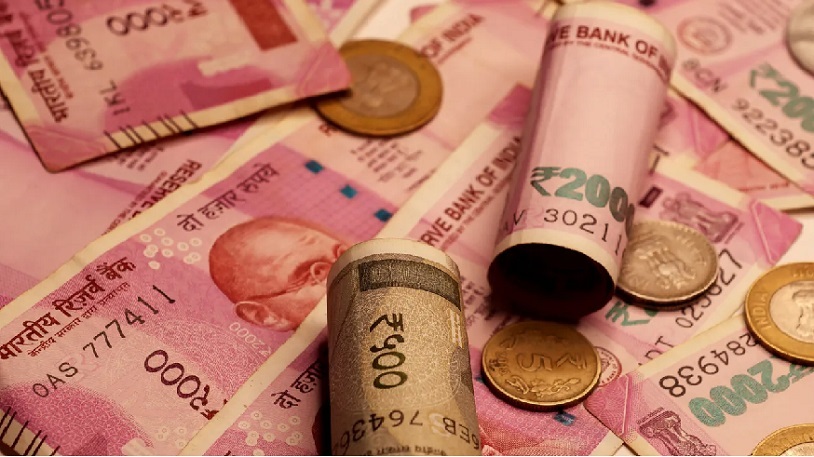
New Delhi– Indian rupee has declined by about 25 per cent since December 31, 2014, and is nearing 80 against the dollar, the Lok Sabha was informed on Monday.
The value of the rupee declined from 63.33 against a dollar on December 31, 2014, to 79.41 on July 11, 2022, Finance Minister Nirmala Sitharaman said in a reply quoting RBI data.
The exchange rate of the Indian Rupee against the dollar was Rs 78.94 per dollar as of June 30, 2022, Finance Minister Nirmala Sitharaman said in a written reply.
The rupee on Monday ended the session 16 paise lower at 79.98 (provisional) amid a surge in crude oil prices and unrelenting foreign fund outflows.
Global factors such as the Russia-Ukraine conflict, soaring crude oil prices and tightening of global financial conditions are the major reasons for the weakening of the Indian rupee against the US dollar, she said.
Currencies such as the British pound, the Japanese yen and the euro have weakened more than the Indian rupee against the US dollar and, therefore, the Indian rupee has strengthened against these currencies in 2022, she said.
The outflow of foreign portfolio capital is a major reason for the depreciation of the Indian rupee, she said, adding, monetary tightening in advanced economies, particularly in the United States, tends to cause foreign investors to withdraw funds from emerging markets.
Foreign portfolio investors have withdrawn about USD 14 billion from Indian equity markets in 2022-23 so far, she said.
On the impact of falling currency, she said, nominal exchange rate is only one of the factors that impact an economy.
The depreciation of a currency is likely to enhance the export competitiveness, which in turn impacts the economy positively, while the depreciation also impacts the imports by making them more costly.
The Reserve Bank of India (RBI) regularly monitors the foreign exchange market and intervenes in situations of excess volatility. It has raised interest rates in recent months that increase the attractiveness of holding Indian rupees for residents and non-residents.
Earlier this month, the RBI raised the overseas borrowing limits for companies and liberalised norms for foreign investments in government bonds as it announced a slew of measures to boost foreign exchange inflows.
The RBI increased the ECB limit under the automatic route from USD 750 million or its equivalent per financial year to USD 1.5 billion, and eased norms for foreign portfolio investments in the debt market.
Follow this link to join our WhatsApp group: Join Now
Be Part of Quality Journalism |
Quality journalism takes a lot of time, money and hard work to produce and despite all the hardships we still do it. Our reporters and editors are working overtime in Kashmir and beyond to cover what you care about, break big stories, and expose injustices that can change lives. Today more people are reading Kashmir Observer than ever, but only a handful are paying while advertising revenues are falling fast. |
| ACT NOW |
| MONTHLY | Rs 100 | |
| YEARLY | Rs 1000 | |
| LIFETIME | Rs 10000 | |













